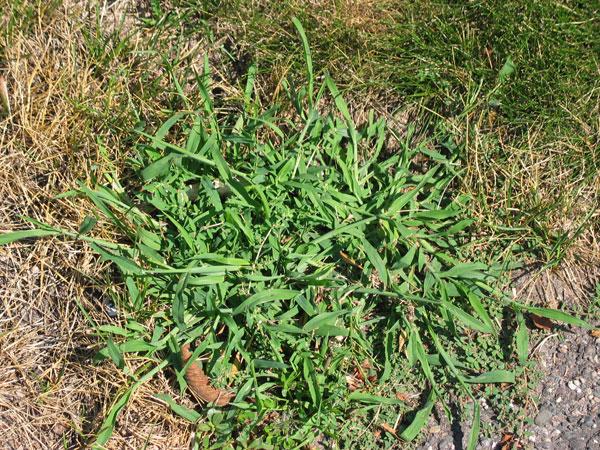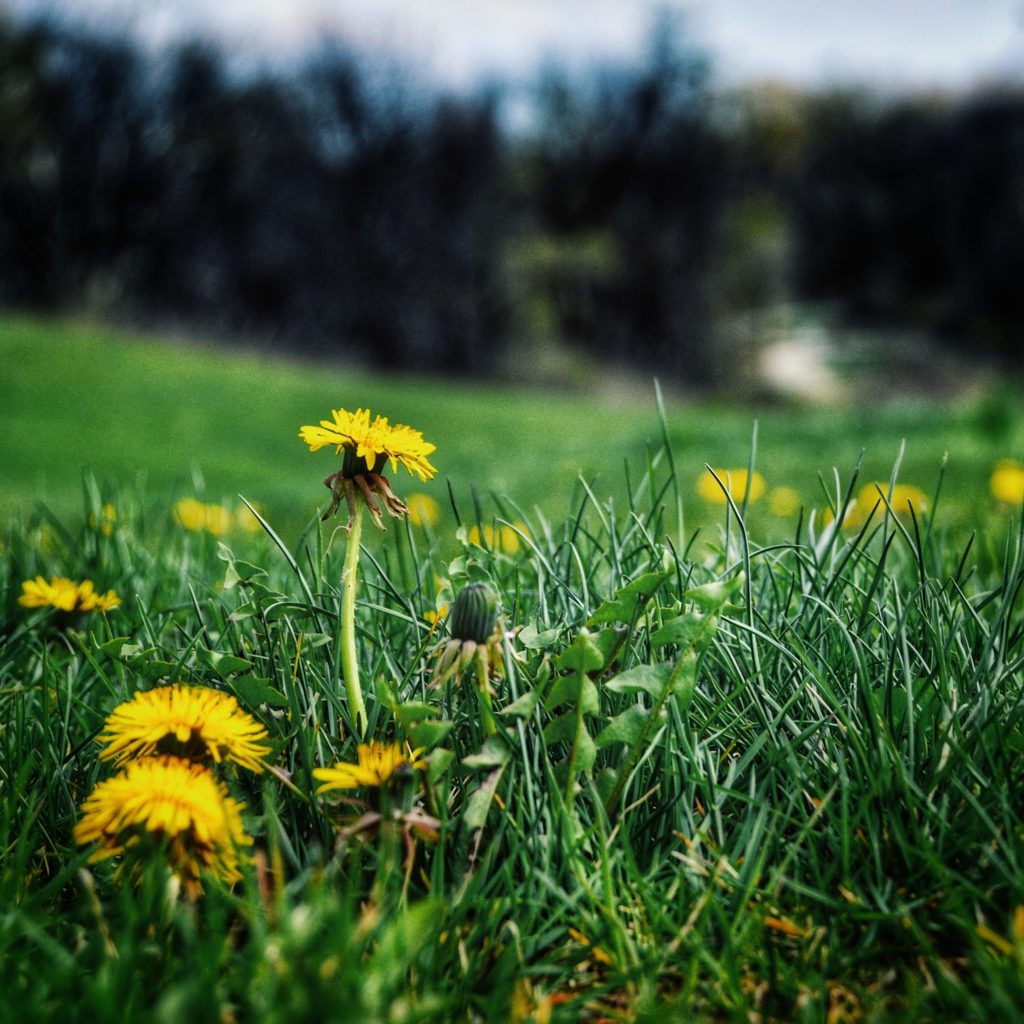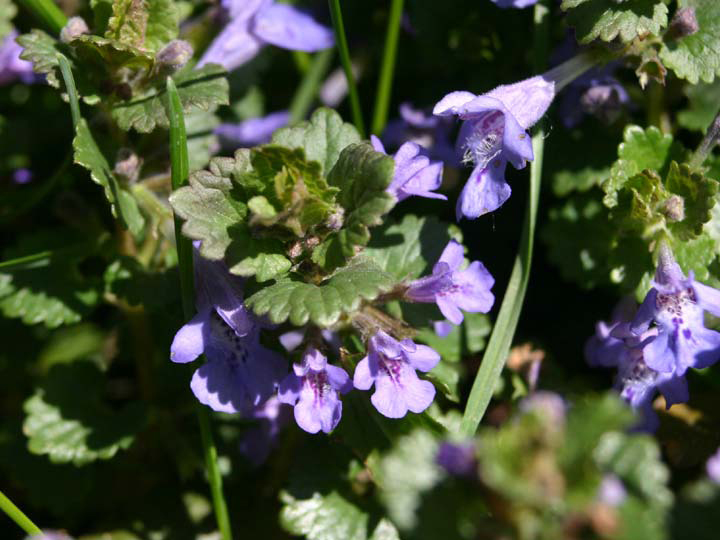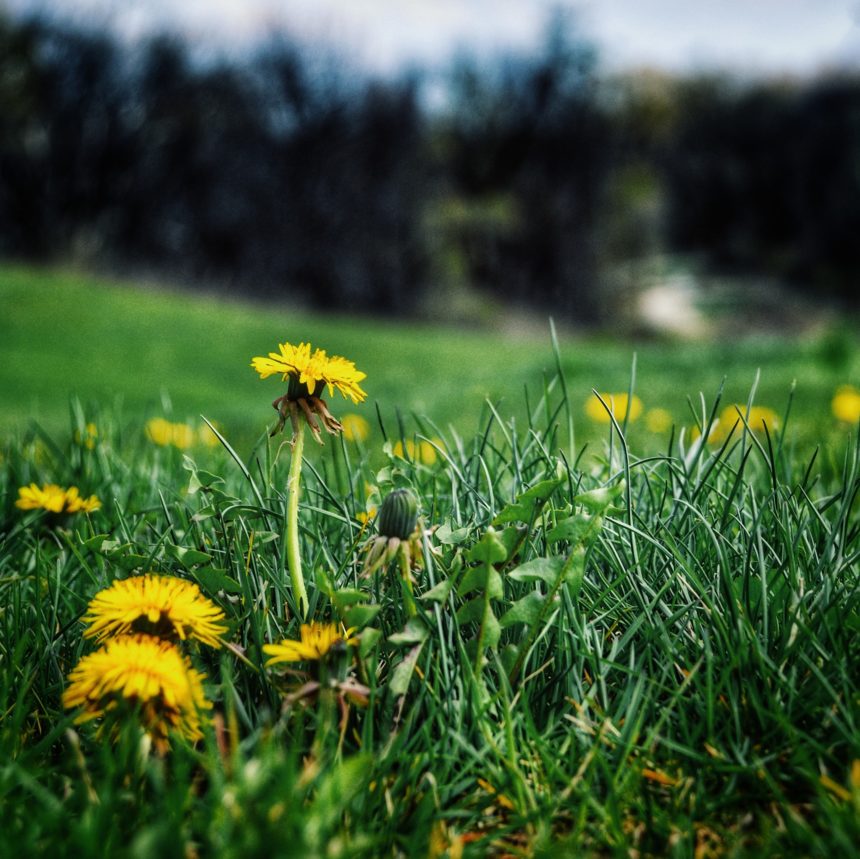Weeds are a given in any landscaping situation. No matter how hard you try, eventually, weeds will find their way to your garden and lawn. While most can be considered generally harmless, weeds are typically a form of invasive or noxious species that can rob your soil of water and nutrients meant for the plants and foliage you actually want growing in your yard, as well as be a danger to humans in animals in some cases.
Fortunately, there are plenty of known remedies for some of the most common weeds in the Midwest, as well as some helpful tips on how to keep them from coming back and totally invading your entire yard. Please continue reading below in order to learn how to identify the most common weeds of the Midwest, and what you can do to eradicate them and keep them gone.
How Do I Identify My Lawn Weeds and Get Rid of Them?
What is a Weed?
- Weed: “A plant that causes economic losses or ecological damages, creates health problems for humans or animals or is undesirable where is it growing.”
- Noxious Weed: “Any plant designated by federal, state or local government officials as injurious to public health, agriculture, recreate, wildlife or property.”
- Invasive Weed: “Weeds that establish, persist and spread widely in natural ecosystems outside the plant’s native range.” Many invasive weeds are also noxious.
Source: Weed Science Society of America
7 Most Common Weeds of the Midwest and How to Treat Them
Crabgrass

Crabgrass is one of the most common weeds you can fine, and surely one almost everyone has encountered in their life. They grow in during warm seasons and typically thrive in lawns that with thin, under-watered and under-fertilized grass. Crabgrass grows thick and broad in the summer, and it’s seeds will spread in late-summer.
Solution:
In general, the best way to combat crabgrass and other similar types of weeds is to regularly overseed your lawn. Nice, thick ground coverage with thick root systems will prevent crabgrass from having anywhere to grow. It is also important to make sure your grass isn’t cut to short. 2-3 inch grass length will help cool your soil and keeping it from temperatures that allow weed seeds to germinate and spread.
Sadly, by the time Crabgrass is noticeable treatment options can be limited, which is why general lawn maintenance and upkeep is so important to preventing weeds. However , where applicable, there are chemical crabgrass treatments that can help you, but it is advised to speak with your local lawn and garden center for proper usage so that you do not kill your grass.
Dandelions

Dandelions are the chicken of the weed universe. Virtually everywhere, they can be a sore spot for many lawn-care enthusiasts. Dandelions, like crabgrass, tend to thrive in lawns that are thin and not well-kept. Their seeds float in the air and will land anywhere and everywhere that is open to them. Once planted, dandelions can root up to 10″ into the soil and they can be very fragile when uprooted. Any piece left over can and will regrow.
Solution:
Regular overseeding, again, will create a thick and cool surface area that isn’t ideal for dandelions to grow. It is also important that you leave grass clippings after you mow at the beginning of the season to prevent Dandelion seeds from germinating. Unfortunately, preventative measures are best for this type of weed. You do have the option of digging them up by hand, but this is only practical for small patches of land. “Sarritor,” a type of fungus can be used against dandelions and other similar weeds while not harming your grass.
If you are opt for an herbicide, be sure to use a product with the active ingredient 2-4-D. The best time to treat for dandelions is in the fall, so that come summer, the roots and stems will be inert and unable to grow.
Moss

Moss grows in typically damp areas that lack regular sunlight. It thrives in acidic soils and is spread by spores.
Solution:
The best best method to combat moss growth is to simply remove it. Moss can be broken up with a rake or de-thatcher to loosen, and then a shovel or similar tool can be used to scrape and remove. Once the moss has been removed, the area can be treated with some compost and Eco-Lawn seed or some kind of shade-seed. These are meant to grow in shaded areas, and the grass will make it much harder for moss to take hold.
If the mossy area has compact or heavy soil, re-grading the soil before re-seeding will allow for better drainage . Moss can also by treated with a 1:30 solution of dish soap and water, which will dry out the moss and turn it brown. Alternatively, there are pesticides you can buy at your hardware store such as “Moss Out!” that will do the job as well.
Bindweed

Bindweed is a vine-like plant that grows deep and wide across the ground. It has somewhat broad leaves and white/pink flowers similar to morning glories.
Solution:
Bindweed needs to be constantly cut to soil level in order to keep it from photosynthesizing. Eventually it will starve and die if kept cut. Attempting to remove them won’t be effective. Another solution (which can be applied to similar weeds and broad-leafs) is as simply as pouring boiling water into the soil that is affected by the bindweed. Any boiled areas will need to be re-seeded, however. Regular Round-Up is also effective in this method, and will also require re-seeding the turf.
White Clover

White Clover, appearing as named, thrives in nitrogen-based oil, and tends to grow in areas where other plants do not. It roots and shoots from the ground and covers a large area, generally.
Solution:
Corn Meal Gluten (purchased through your local lawn and garden store) can be applied in early spring. The corn meal acts as a “pre-emergent” herbicide and effectively prevents the clover from germinating in the spring and summer. Opposite to above solutions, overseeding cannot be done if this method is applied, as the gluten will prevent regular grass seeds from germinating, too.
Manual removal is easiest when done after heavy rainfall or with a very wet soil. Otherwise, any commercial broad-leafed weed killer will also kill white clover. Again, any sprayed areas will need to be re-seeded.

Creeping Charlie is the most infamous invasive weed, as it is very aggressive in its growth and is notoriously difficult to remove from an established lawn. As its name implies, creeping charlie creeps its stems across your lawn and will form “nodes” of new plants as it spreads. The very nature of its creeping, low growth gives this weed an unfair advantage to grow in your yard..
Solution:
Much like the Bindweed, Creeping Charlie can be combated by constant and thorough removal. After enough scraping and de-thatching, the weed will eventually starve because it cannot properly photosynthesis.
“Research at Iowa State University found that borax can be used to selectively control Creeping Charlie in turf. To do so, dissolve 1 ounce of borax in 2-3 gallons of water and apply the solution uniformly over each 1,000 sq. ft. area. For small infestations dissolve 5 teaspoons of borax in one quart of water, this covers 25 sq. ft. Do not re-apply borax solutions more than once a year as borax contains boron, too much of which can be toxic to your lawn.” – Wildflower Farm
Alternatively, any broadleafed weed killer that contains a combination of 2-4-D, Dicamba and MCPP/MCPA will be effective.
Summary
The most important thing to learn from this article would be that good landscape design and proper care and maintenance to your yard will generally prevent you from dealing with too many weed problems. If you, like most of the general population, feel overwhelmed and burdened by potential problems that might plague you in your landscaping needs, there is always help out there. For instance, hiring a landscape designer will grant you access to a professional who knows exactly the kind of vegetation and turfing that you will need in order to have the most hands-off, eye-pleasing landscape possible.
If you want to explore your options to a path for a care-free lawn and garden experience in your home, you should consider hiring a professional designer to take care of all your vegetation needs. Luckily, Landscape Architectural offers such services. Please visit our Homepage in order to learn more about how a design professional can help you keep your yard weed-free and aesthetically pleasing.

